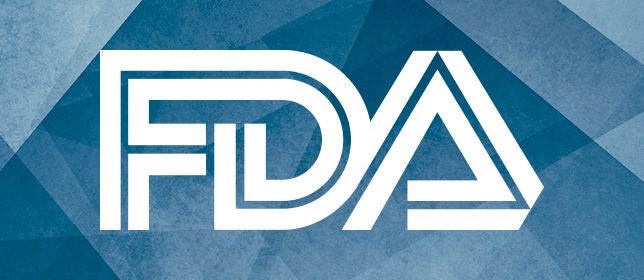Article
Online Tool May Mitigate Skin Cancer Risk
Author(s):
A web-based intervention may help reduce harmful UV exposure and skin cancer risk in young adults, according to recent research.
Young adults can decrease their unprotected exposure to ultraviolet (UV) radiation — thereby reducing their risk of skin cancer — with the use of an internet-based intervention, according to recent research.
Invasive melanoma is the second most diagnosed cancer in young adults, with this age group having the lowest skin protection rates. Most interventions designed for young adults are conducted in-person on college campuses, mainly among women. However, since nearly all young adults in the United States are internet users, a web-based program could be more effective, researchers noted.
“With approximately 97 percent of U.S. young adults using the internet, and the evidence for the efficacy of internet interventions, the internet is an ideal mechanism with which to reach young adults and explore the efficacy of a skin cancer prevention intervention for this population,” researchers wrote in the study, which was published in the American Journal of Preventive Medicine.
More than 900 individuals participated in the study: 338 were shown a control website (skincancer.org); 340 were assigned to an assessment only; and 287 were assigned the experimental UV4.me intervention, a personalized website for young adults that included interactive, multimedia and goal-setting components.
UV4.me was designed by a multidisciplinary team, and included 12 modules: Why do people tan?; To tan or not to tan?; Indoor tanning; UV and health; Skin cancer; UV and looks; Skin damage; Shade; Clothes; Sunscreen; Sunless tanning; and Skin exams.
Researchers also had participants rate, on a scale of 1 (never) to 5 (always), how often they: wear sunscreen with a sun protection factor (SPF) of 15 or higher on their face and on other parts of the body, wear a shirt with sleeves that cover their shoulders, wear long pants, wear a hat, wear sunglasses and stay in the shade. They also reported how many times in the past month they had “red or painful sunburn that lasted a day or more.” They were then followed up at three and 12 weeks.
“For the (experimental) arm, significant decreases in exposure behaviors and significant increases in protection behaviors were found at both three and 12 weeks when compared with the assessment-only arm,” researchers wrote.
The control group was not significantly different than the assessment-only group at both follow-ups, and while all three groups showed a decreased exposure and increased sun protection, the effect was much stronger in the experimental group.
Both intentional and incidental sun exposure was decreased in the experimental group. And the experimental and control groups were more likely to report using a higher SPF sunscreen than the assessment-only group.
“This suggests that a generic website not necessarily intended to change specific behaviors may be successful in doing so in some cases,” researchers wrote. “Additionally, the experimental group was more likely to report both clinician and self-skin cancer screenings than in the other groups.”
Next steps include investigating additional factors to examine what is the best way to promote sun safety in young adults, and to determine if there are certain groups of individuals that may be more likely to respond to these interventions.
“The UV4.me intervention was found to be successful in increasing skin protection and decreasing UV exposure and sunburns, which are known to be associated with skin cancer and its prevention,” researchers wrote. “Future studies designed to modify behaviors associated with skin cancer development will investigate moderators, mediators and mechanisms of intervention effects as well as dissemination and enhancement strategies.”




